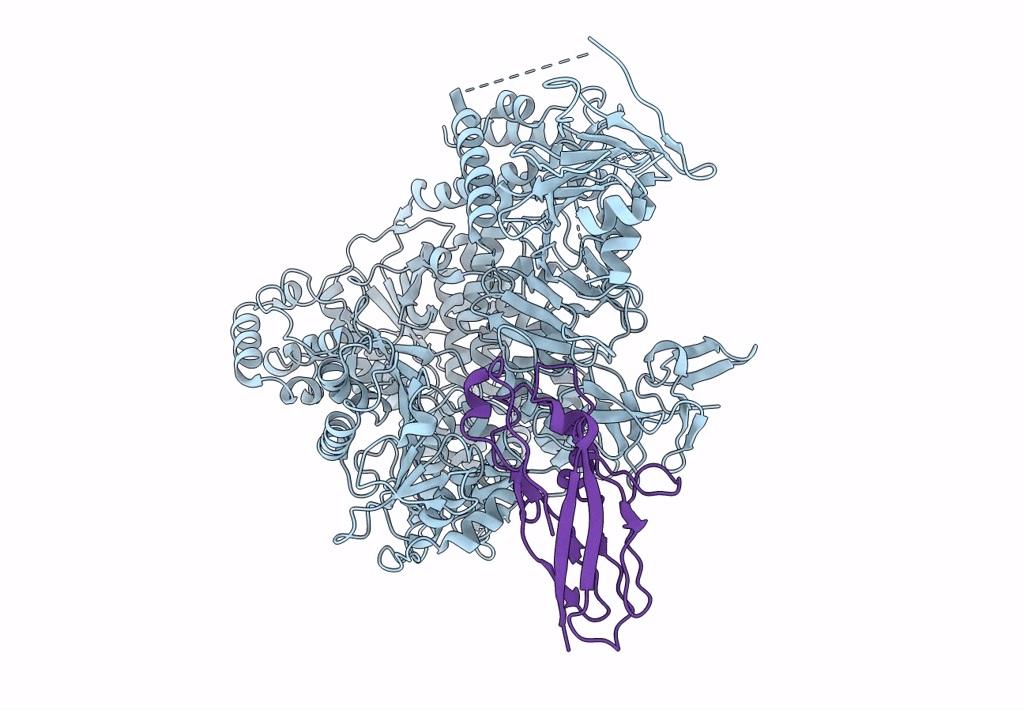
Deposition Date
2021-04-27
Release Date
2021-06-09
Last Version Date
2024-10-30
Entry Detail
PDB ID:
7ML7
Keywords:
Title:
Structural basis for CSPG4 as a receptor for TcdB and a therapeutic target in Clostridioides difficile infection
Biological Source:
Source Organism:
Clostridioides difficile (Taxon ID: 1496)
Homo sapiens (Taxon ID: 9606)
Homo sapiens (Taxon ID: 9606)
Host Organism:
Method Details:
Experimental Method:
Resolution:
3.17 Å
Aggregation State:
PARTICLE
Reconstruction Method:
SINGLE PARTICLE


